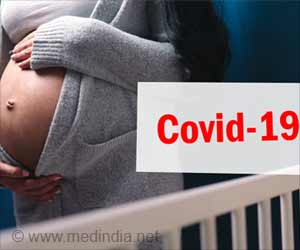How do human body-associated microbes spread? Microbes can be spread from one person to another through social interactions.

‘In adulthood, the sources of microbiomes present in the human body are mostly from the people with whom they interact.’





This is the largest and most diverse study to date on the transmission of the human microbiome. The researchers investigated how bacteria are transmitted between generations (vertical transmission) and among people who live in close contact with each other, such as partners, children, or friends (horizontal transmission).Role of Microbiome Transmission in Health And Disease
They analyzed more than 9,000 stool and saliva samples from participants in 20 countries across all continents in the world. The study first confirmed that the first transmission of the gut microbiome occurs at birth and is very long-lasting.The bacteria from the maternal microbiome can still be detected in elderly individuals. However, infants lack many of the bacterial species that are common in adults. The analysis showed that adults acquire microbes through social interactions, for example, between partners, sharing a household, or with friends.
They also discovered that the oral microbiome is transmitted in a markedly different way from the gut microbiome. The bacteria present in the saliva are transmitted even more frequently, but mostly horizontally. The transmission by the mother at birth is minimal, but the more time people spend together the more bacteria they share.
The results suggest that social interactions shape the composition of our microbiomes. They have also found that certain bacteria, especially those that survive better outside our bodies, are transmitted much more often than others.
Some of these are microbes about which we know very little, they have not even been named yet! This inspires us to study them better, as we still have many unanswered questions about the transmission mechanisms of the microbiome and how this affects our health.
Advertisement









